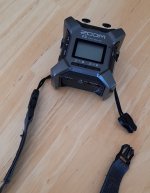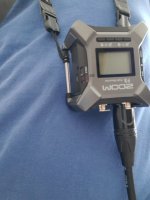Thanks for the link about power options and the link
https://www.sounddevices.com/mixpre-3-mixpre-6-maxbatteryruntime for the Mixpre. The pdf with battery runtime is for the Mixpre mkI and the difference between mkI and mkII is huge, so not "presumably the Mix-Pre and later Mix-Pre II are no that dissimilar (Jon.Bryant)" by far. You can find yourself the difference, but the mkII does have a different chipset. The 32bit float and 192kHz is not a tweak on the chipset from the mkI. So probably uses more power. Also in the battery runtime they do give useage, but if you look sharp it is a recorder in almost idle state, they don't use phantom power for instance which is a huge load for the batteries. As said before, don't fill in the caps from the manufacturer.








